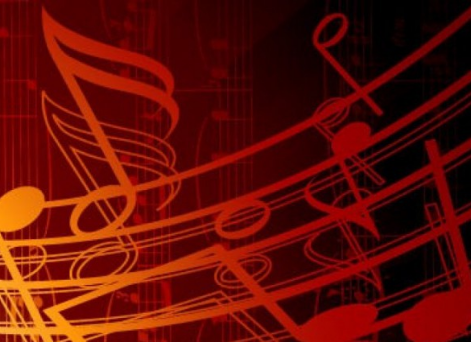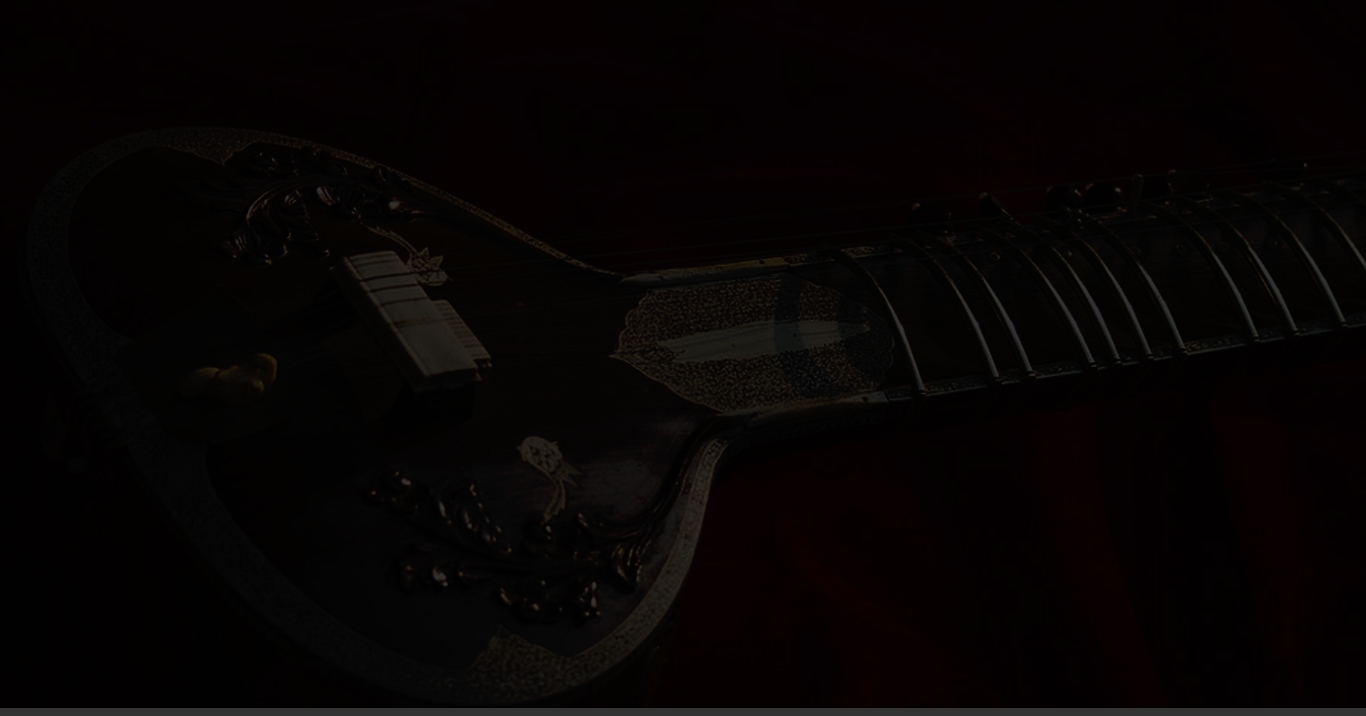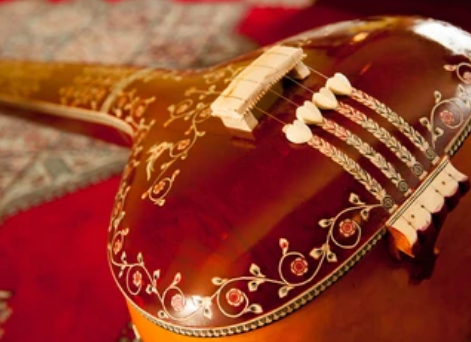It is believed that the great sage Bharat invented the musical scale and divided the same into 22 divisions (Shrutis), some time between years 200 B.C. to 500 A.D. i.e., about 1500 years ago. It is also believed that based on this scale, the raga system was conceived somewhere around 500 A.D. i.e. about 1500… Continue reading What is a Raga?
What is a Raga?



